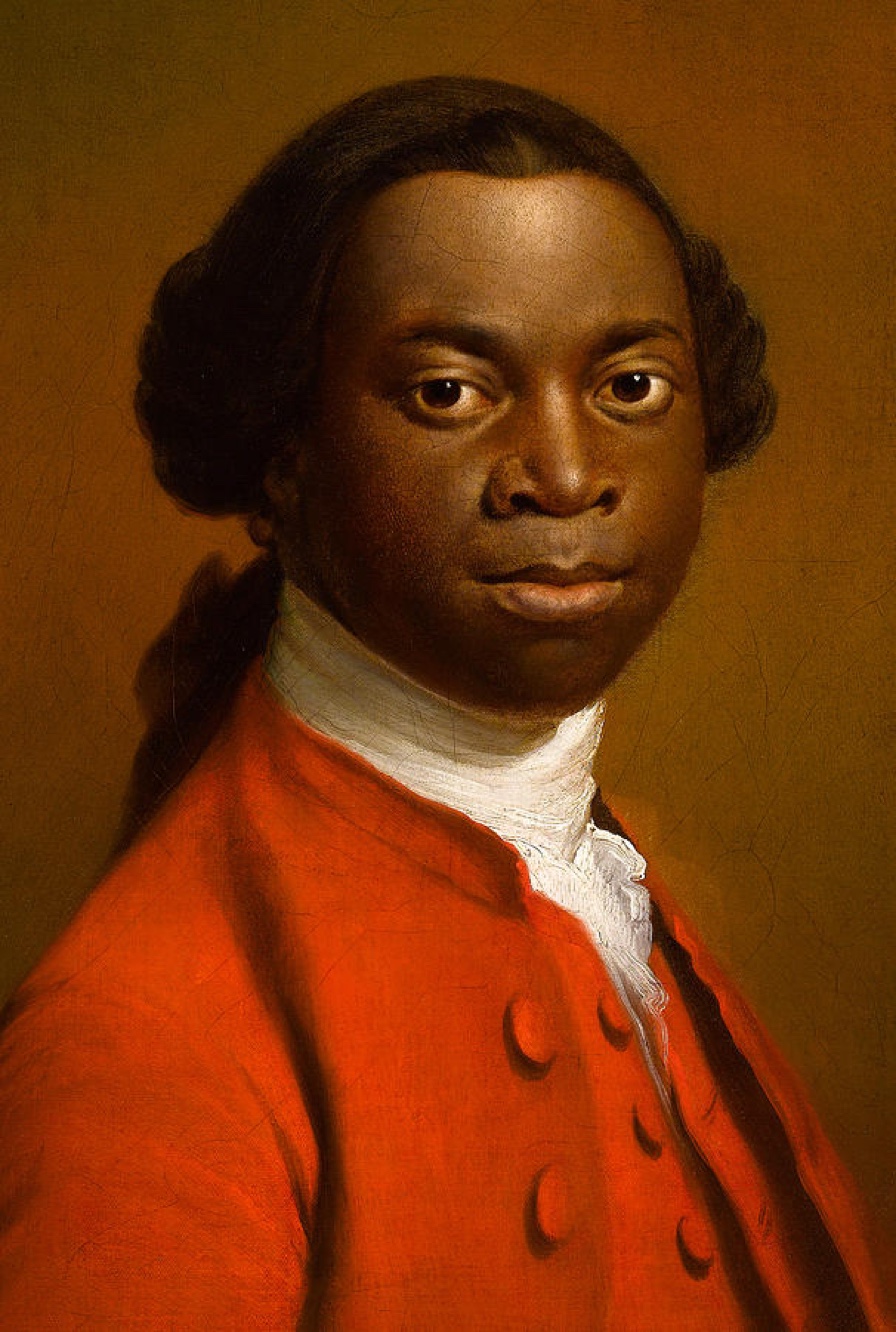
This exhibition was inspired by the correspondence between Laurence Sterne and Ignatius Sancho and recognises those who have initiated and consistently provided support to writers of colour.
There is another, well known portrait of Sancho painted by Gainsborough that currently resides in the National Gallery of Canada. We chose to use this portrait of Sancho as it is in a British collection. But it is important that we draw your attention to the fact that the attribution is contested.
We are sensitive to the fact that presenting hidden history is rarely easy and particularly keen to engage with historians, researchers, publishers, writers or activists with east Asian knowledge in this area. Please use our engage and support page for forms to assist us in ensuring our content is as accurate and inclusive as possible.
Ignatius Sancho 1729 - 1780
Biography
Charles Ignatius Sancho was a British composer, actor, and writer. He is the only Briton of African heritage known to have voted in the elections in 1774 and 1780 for members of parliament in Westminster. He gained fame in his time as "the extraordinary Negro", and to eighteenth-century British abolitionists he became a symbol of the humanity of Africans and immorality of the slave trade. The Letters of the Late Ignatius Sancho, an African, edited and published two years after his death, is one of the earliest accounts of African slavery written in English by a former slave.
Eighteenth century society portraiture remained beyond the reach of all but the wealthy and Ignatius Sancho (1729-80) was one of the very few Africans portrayed as an individual rather than as a slave or servant. According to Sancho’s biographer, he was born on a slave ship and brought to England as a child. For much of his working life he was employed by the Dukes of Montagu as a personal servant. In this capacity Sancho, intelligent, witty and cultured, would have acted as a gentleman. Gout, asthma and obesity forced him to retire from service by 1773. Thereafter he ran a grocery shop in Westminster with his wife and family. He was also painted by Thomas Gainsborough in 1768.
Image: Royal Albert Memorial Museum and Art Gallery, Exeter City Council